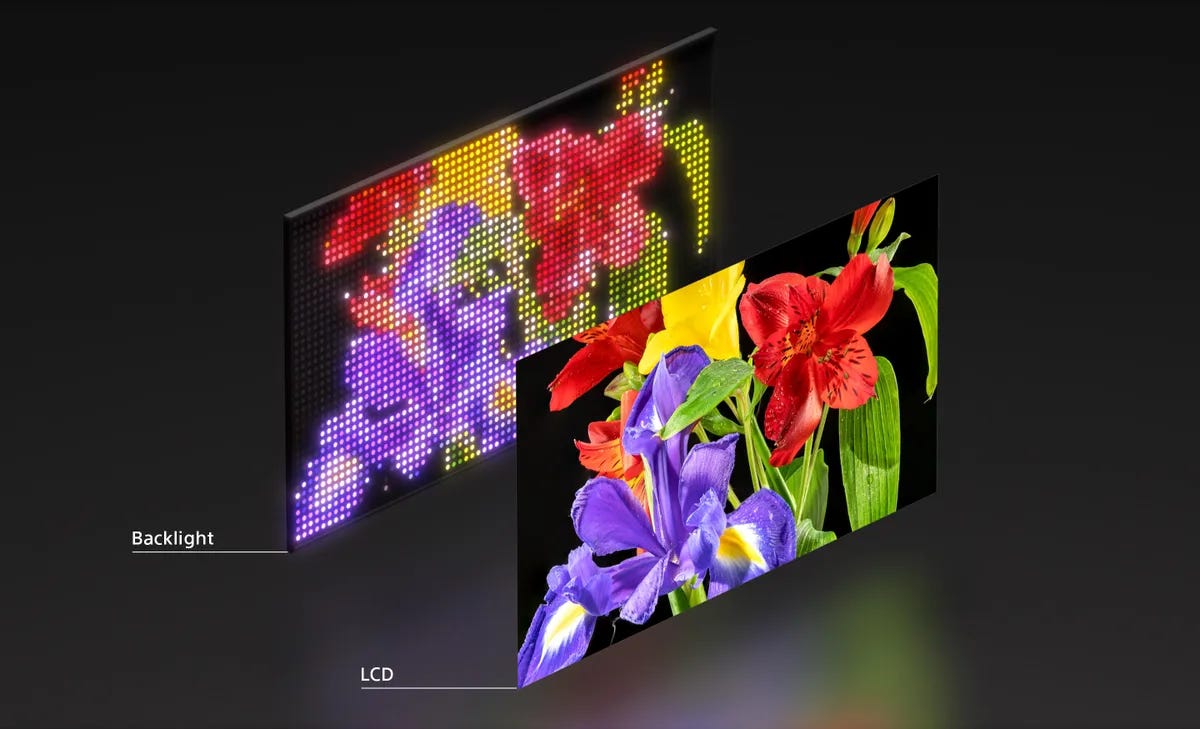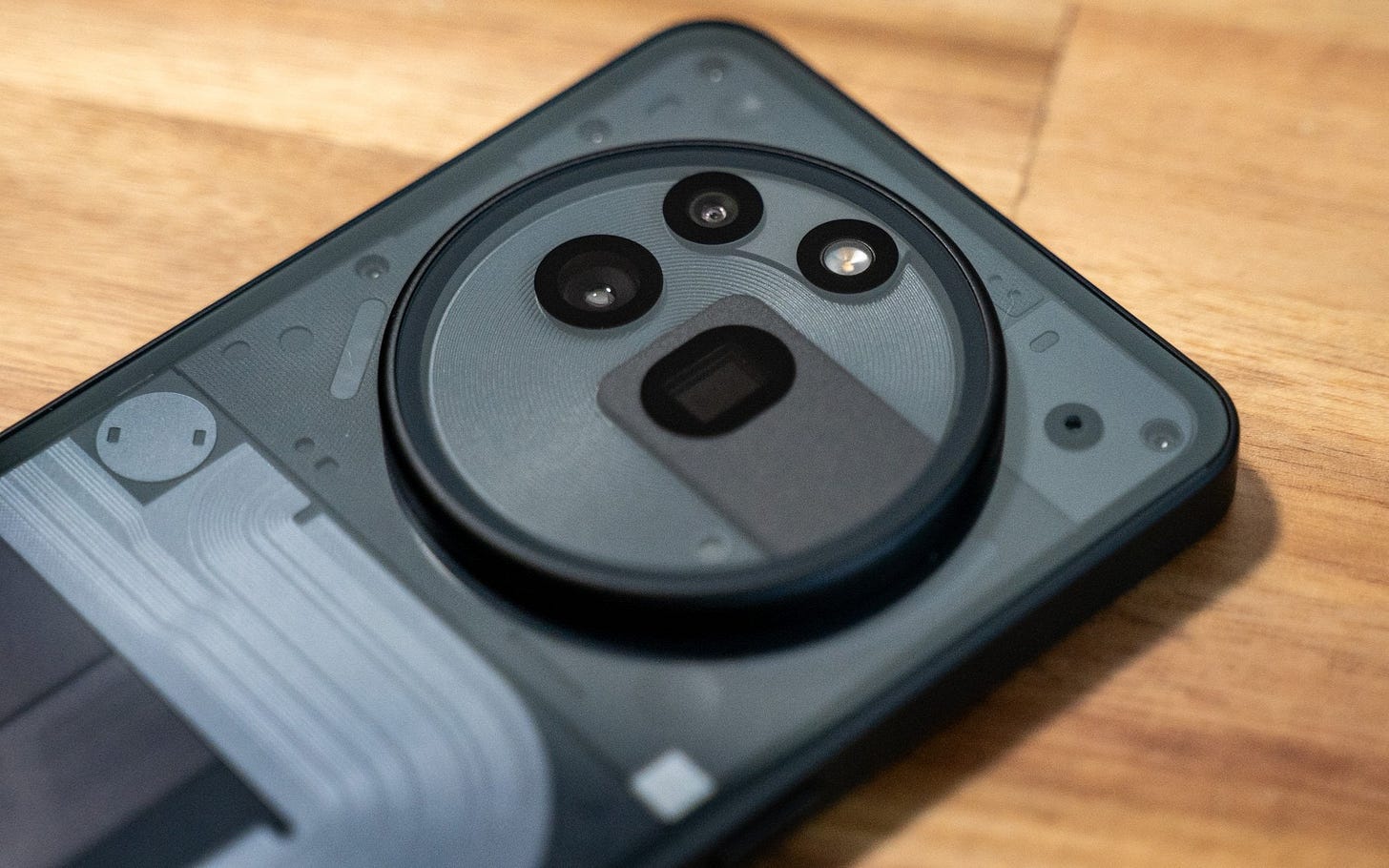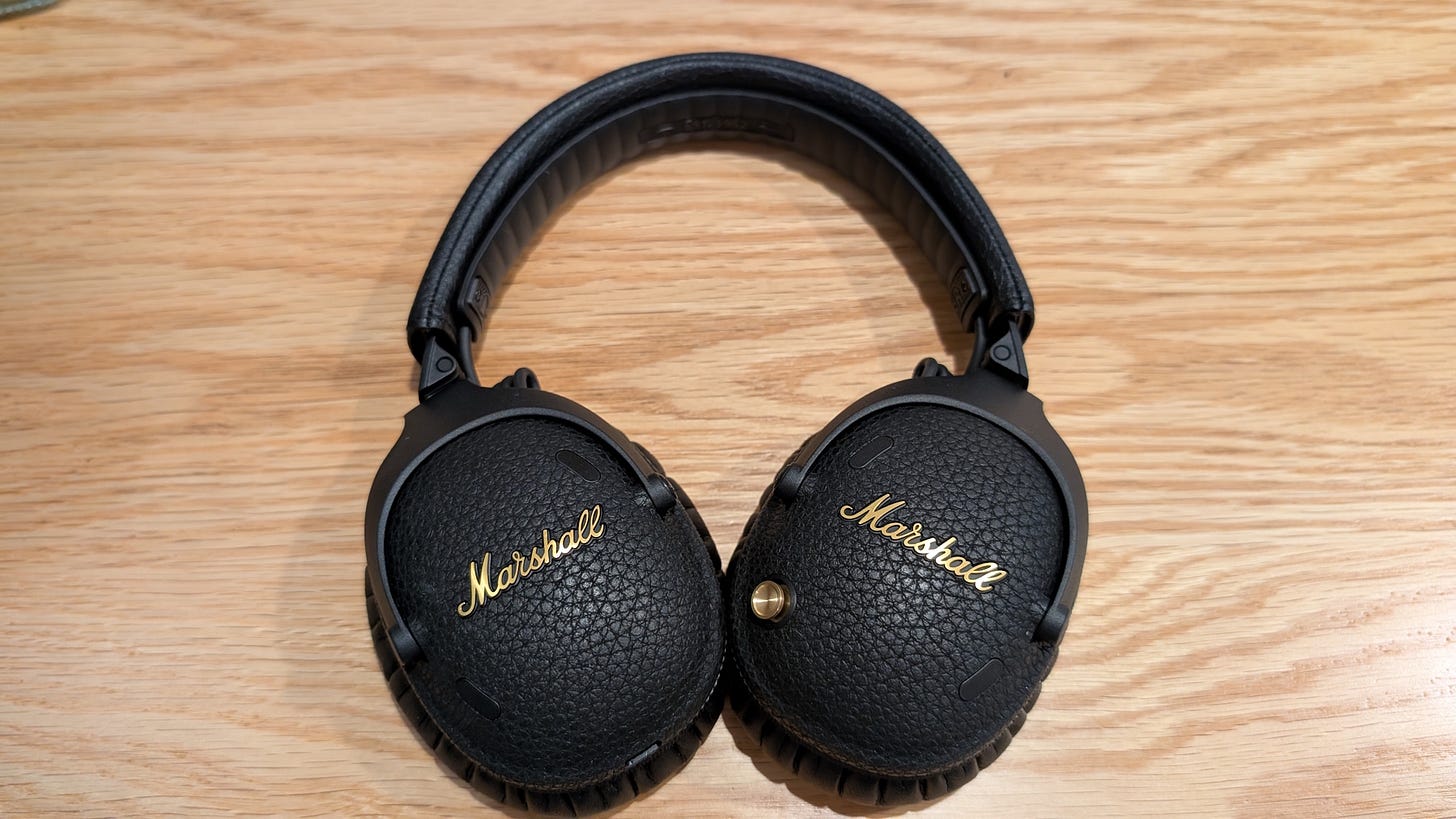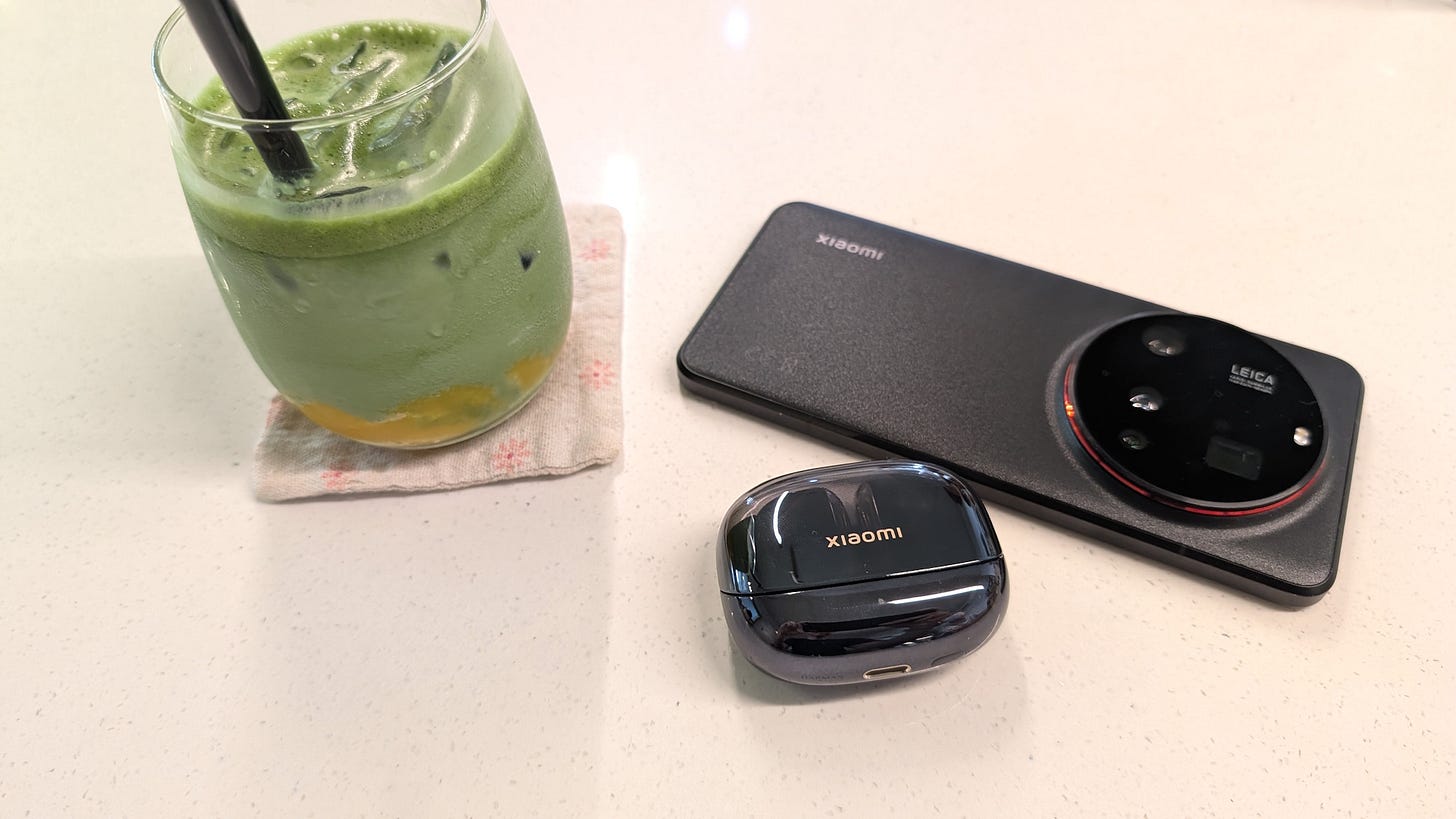TVs may not sound like as sexy as smartphones, but there’s still plenty of innovation happening behind the scenes. Case in point: Sony’s recent reveal of an upcoming RGB backlight technology that could help LCD TVs rival OLEDs in picture quality.
Despite the extremely dry headline: “Next-Generation Display System with Proprietary Signal Processing Technology for Individual RGB Control of High-Density LED Backlights”, what Sony is trying to say isn’t that complicated. Basically, the Japanese TV maker has created an RGB backlight for Mini-LED TVs.
What you should know is that the backlight for modern Mini-LED TVs is typically white or blue. This backlight — enabled by many mini LEDs (hence Mini-LED TV) —along with a quantum-dot layer, and the actual LCD screen, work together to create the images on a Mini-LED TV. Sony’s idea is to use a backlight that can produce three colours (Red, Green and Blue) by using a host of mini RGB LEDs.
This switch to RGB LEDs means that the backlight doesn’t just offer illumination for the screen, it actually boosts the colour volume, since the RGB LEDs can switch to the appropriate colours to fit the picture. For example, the RGB LEDs can all turn red to depict a scene with red autumn foliage. This increase in colour volume means Mini-LED TVs using Sony’s technology can look as rich and vibrant — while maintaining the high brightness level that’s a key advantage of LCD TVs over OLEDs — as Samsung’s QD-OLEDs, which are the current leaders in the colour volume department.
Sony says this new technology can enable a peak brightness of over 4,000 nits. And that’s exactly what Mini-LED TVs need. Because flagship OLEDs are also hitting the 4,000-nit mark this year, thanks to LG’s new four-layer tandem OLED design. But Sony is not the only company exploring this backlight technology. Hisense also uses RGB LEDs in its latest 2025 TriChroma LED TV, which promises up to 10,000 nits maximum brightness in a 116-inch TV.
It remains to be seen which company has the better RGB LED backlight technology. Sony plans to introduce its technology only in next year’s models. So we likely won’t know the winner yet. But it’s worth noting that Sony does have plenty of experience with building professional displays used in colour grading movies. When it comes to the actual picture quality, Sony may have the edge.
This week, we tested the Pro version of Nothing’s latest Phone 3a, which come with improved cameras. We also head-bopped with Marshall’s latest, cool-looking wireless headphones, and tried out the first-of-its-kind Wi-Fi mode in the Xiaomi Buds 5 Pro (Wi-Fi).
The Nothing Phone 3a is a solid mid-range phone with a cool design and an interesting idea on AI. But the cameras, while improved, are still far from the best. The good news is that Nothing offers a Pro version that offers a better telephoto camera with 3x optical zoom and an improved 50MP front camera. Are those worth the extra S$100? You’ll be the judge.
From its striking appearance to the incredible battery life, there’s much to recommend about the Marshall Monitor III ANC. These wireless headphones also fold into a very compact shape, and weigh just 250g. The sound quality is good, too. However, it may not be that price competitive.
The Xiaomi Buds 5 Pro (Wi-Fi) is the first wireless earbuds to use both Wi-Fi and Bluetooth. The former lets it deliver up to 4.2 Mbps and 24-bit/96kHz lossless audio. However, the difference in audio quality can be hard to discern compared with high-quality Bluetooth transmission. But the biggest drawback is that these earbuds currently only support Wi-Fi mode with the Xiaomi 15 Ultra smartphone.







